Home>Articles>What Type Of Insulation Should I Use Between Floors
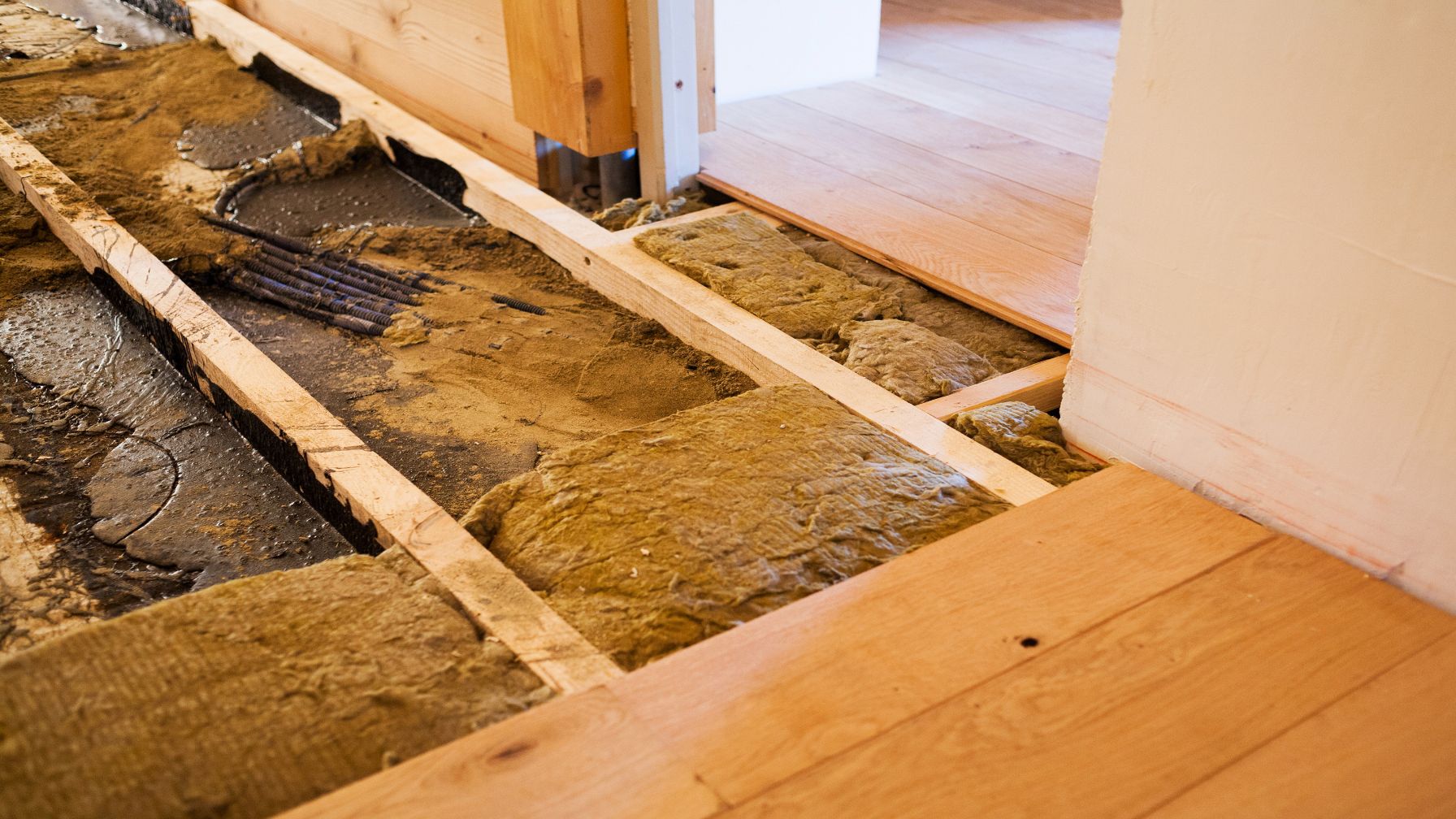

Articles
What Type Of Insulation Should I Use Between Floors
Modified: December 7, 2023
Looking for articles on what type of insulation to use between floors? Find expert advice and recommendations to help you make the right choice.
(Many of the links in this article redirect to a specific reviewed product. Your purchase of these products through affiliate links helps to generate commission for Storables.com, at no extra cost. Learn more)
Introduction
When it comes to ensuring the comfort and energy efficiency of your home, proper insulation is key. Insulation acts as a barrier to heat flow, helping to keep your home cool in the summer and warm in the winter. One crucial area that requires insulation is between floors, especially in multi-story buildings or homes with finished basements. Insulating between floors not only helps regulate temperature but also provides soundproofing, preventing noise from traveling between different levels of your home.
Choosing the right type of insulation for the spaces between your floors is essential for maximizing energy efficiency and minimizing noise transfer. There are several factors to consider when making this decision, including the existing conditions, budget, and insulation performance. In this article, we will explore the different types of insulation available and how to determine the best option for your specific needs.
Key Takeaways:
- Choose insulation based on R-value, noise reduction, moisture resistance, fire resistance, installation method, environmental impact, cost, and space constraints for optimal performance between floors.
- Consider fiberglass, mineral wool, cellulose, or spray foam insulation based on thermal performance, fire resistance, soundproofing, environmental impact, and professional consultation for effective floor insulation.
Read more: What Type Of Insulation For Floors
Understanding the Importance of Insulation Between Floors
Insulating the spaces between floors is crucial for several reasons. Firstly, it helps regulate the temperature in different areas of your home, ensuring a comfortable living environment throughout the year. Insulation acts as a barrier against heat transfer, preventing heat from escaping during the colder months and entering during the warmer months.
Secondly, insulation between floors plays a significant role in soundproofing. It helps minimize the transmission of sound between different levels of your home, reducing noise disruptions and ensuring privacy. This is especially important in multi-story buildings or homes with finished basements, where noise can easily travel through un-insulated spaces.
Furthermore, insulating between floors can contribute to energy savings and reduce heating and cooling costs. By preventing heat transfer and maintaining a consistent temperature, your HVAC system can operate more efficiently, resulting in lower energy consumption and utility bills.
Insulation between floors also helps improve the overall comfort and livability of your home. It minimizes drafts and cold spots, creating a more even temperature distribution throughout different levels. This is particularly important for basements or lower floors that tend to be colder due to their proximity to the ground.
Lastly, proper insulation between floors can enhance the structural integrity of your home by preventing moisture buildup and condensation. Moisture can lead to mold growth, rotting of wood, and other potential damages. Insulation acts as a barrier against moisture, helping to maintain a dry and healthy living environment.
Overall, insulation between floors is essential for temperature regulation, soundproofing, energy efficiency, comfort, and protection against moisture. By understanding its importance, you can make an informed decision when choosing the right insulation type for your specific needs.
Factors to Consider When Choosing the Right Insulation
When it comes to selecting the right insulation for the spaces between your floors, there are several important factors to consider. Taking these factors into account will help you make an informed decision that meets your specific requirements and ensures optimal performance.
1. R-value: The R-value measures an insulation material’s thermal resistance. It indicates how well the insulation can resist heat flow. Higher R-values offer better insulation performance, so consider the desired level of insulation you need based on your climate and energy efficiency goals.
2. Noise Reduction: If soundproofing between floors is a priority, consider insulation materials with good acoustic properties. Certain insulation types, such as mineral wool or cellulose, can effectively reduce sound transmission and provide a quieter living environment.
3. Moisture Resistance: Insulation materials that have good moisture resistance properties are vital for preventing condensation and moisture-related problems. Look for insulation options that are resistant to mold and moisture damage, especially in areas prone to high humidity or moisture buildup.
4. Fire Resistance: Fire safety is crucial, and selecting insulation materials with good fire resistance properties can provide added protection. Some insulation options, like mineral wool, are naturally fire-resistant, while others may require additional treatments or coatings for fire protection.
5. Installation Method: Consider the ease of installation and compatibility with your existing space. Some insulation types, such as fiberglass batts or loose-fill cellulose, are relatively easy to install, while others, like spray foam insulation, may require professional installation.
6. Environmental Impact: If sustainability is a priority, consider insulation materials with a low environmental impact. Look for options that are made from recycled or renewable materials and have low or no volatile organic compounds (VOCs).
7. Cost and Budget: Determine your budget and factor in the cost of the insulation material and installation. Different insulation types vary in price, so consider the long-term energy savings and benefits when evaluating the overall cost-effectiveness of each option.
8. Existing Space Constraints: Assess the available space and the specific requirements of your project. Some insulation types may be more suitable for tight or irregular spaces, while others may require more room for installation.
By carefully considering these factors and evaluating your specific needs, you can select the right insulation material that best suits your requirements, budget, and desired performance for the spaces between your floors.
Fiberglass Insulation
Fiberglass insulation is one of the most commonly used types of insulation for insulating between floors. It is made from fine glass fibers that are spun into a wool-like material. This type of insulation is known for its affordability, ease of installation, and relatively high R-value.
Fiberglass insulation comes in two primary forms: batts and loose-fill. Batts are pre-cut sheets of insulation that come in standard sizes and are designed to fit between studs, joists, and beams. They provide excellent coverage and are easy to handle and install. Loose-fill fiberglass insulation, on the other hand, is made up of loose fibers that are blown into open spaces using specialized equipment. It is ideal for insulating irregular or hard-to-reach areas.
One of the main advantages of fiberglass insulation is its thermal performance. It has a high R-value, which means it effectively resists heat flow. This helps maintain a comfortable and consistent temperature within your home. Additionally, fiberglass insulation is non-combustible, providing a measure of fire resistance.
However, fiberglass insulation does have some considerations. It can release fine airborne fibers during installation, which can irritate the skin, eyes, and lungs. Wearing proper protective clothing, such as gloves, goggles, and a mask, is necessary when handling fiberglass insulation. Additionally, fiberglass insulation is not as effective in reducing noise transmission compared to other insulation materials.
Proper installation is crucial for maximizing the performance of fiberglass insulation. Gaps, compression, and improper fitting can compromise its effectiveness. It is important to carefully follow the manufacturer’s guidelines and ensure a tight and complete installation.
In summary, fiberglass insulation is a widely used and cost-effective option for insulating between floors. It offers good thermal performance, ease of installation, and fire resistance. However, precautions should be taken during installation to prevent any health risks associated with the release of fibers. Consider your specific needs and consult with a professional to determine if fiberglass insulation is the right choice for your project.
Mineral Wool Insulation
Mineral wool insulation, also known as rock wool or stone wool insulation, is a versatile and durable option for insulating between floors. It is made from natural minerals, such as basalt or diabase, which are melted and spun into fibers. Mineral wool insulation provides excellent thermal and acoustic performance, making it highly effective in regulating temperature and reducing sound transmission.
One of the key advantages of mineral wool insulation is its superior fire resistance. The high melting point of mineral fibers makes it an excellent choice for fireproofing applications. It can withstand extremely high temperatures without releasing toxic gases or spreading flames, helping to enhance the overall safety of your home.
Mineral wool insulation also offers excellent sound absorption properties, making it an ideal choice for soundproofing between floors. It effectively reduces airborne sound transmission, minimizing noise disturbances between different levels of your home. This is particularly beneficial if you live in a multi-story building or have a desire for a quieter living space.
In addition to its thermal and acoustic performance, mineral wool insulation is moisture resistant. It repels water and does not promote the growth of mold or mildew. This attribute makes it suitable for areas with high humidity levels or prone to moisture build-up.
Mineral wool insulation comes in various forms, including batts, boards, and loose-fill. Batts are pre-cut sheets that can be easily installed between floor joists or studs, providing a snug fit and excellent thermal insulation. Boards, on the other hand, are rigid panels that can be used for insulating flat surfaces, such as walls or ceilings. Loose-fill mineral wool insulation can be blown into cavities or hard-to-reach areas, ensuring complete coverage and effective thermal and sound insulation.
However, mineral wool insulation does have some considerations. It is heavier and denser than other insulation materials, which can add some weight to the structure. This should be taken into account during the installation process to ensure proper support and structural integrity.
In summary, mineral wool insulation is a versatile and high-performing option for insulating between floors. Its excellent thermal insulation, soundproofing capabilities, fire resistance, and moisture resistance make this type of insulation a popular choice for homeowners. Consider your specific needs and consult with a professional to determine if mineral wool insulation is the right choice for your project.
Consider using fiberglass or mineral wool insulation between floors for effective soundproofing and thermal insulation. These materials are easy to install and provide good fire resistance.
Read more: What Type Of Toothbrush Should I Use
Cellulose Insulation
Cellulose insulation is a popular choice for insulating between floors due to its excellent thermal performance, affordability, and environmental sustainability. It is primarily made from recycled paper materials, such as newspapers, cardboard, or other cellulose-rich fibers, which are treated and processed to become insulation.
One of the key advantages of cellulose insulation is its high R-value, meaning it provides effective insulation against heat flow. This helps to regulate the temperature between floors, ensuring energy efficiency and a comfortable living environment. Cellulose insulation is often sprayed or blown into place, allowing it to conform to irregular spaces and fill in gaps, ensuring thorough coverage.
In addition to its thermal insulation properties, cellulose insulation offers excellent soundproofing capabilities. The dense fibers of cellulose effectively absorb sound and reduce noise transmission between floors. This makes it an ideal choice for those seeking a quieter living environment.
One of the notable benefits of cellulose insulation is its environmental friendliness. It is made predominantly from recycled materials, reducing waste and promoting sustainability. Cellulose insulation also has a low carbon footprint and can be easily recycled at the end of its lifespan. It is treated with naturally occurring fire retardants, making it relatively fire-resistant.
However, there are a few considerations when using cellulose insulation. It is important to ensure proper installation by a professional to achieve optimal performance. Dense packing is necessary to prevent settling and maintain consistent thermal and acoustic performance over time.
Furthermore, since cellulose insulation is made primarily from paper-based materials, it can be more susceptible to moisture absorption. Moisture can reduce its effectiveness and potentially lead to mold or mildew growth. The installation process should include proper vapor barriers and moisture control measures to mitigate these risks.
In summary, cellulose insulation offers excellent thermal and sound insulation properties, affordability, and environmental sustainability. Its use of recycled materials and low carbon footprint make it an attractive choice for eco-conscious homeowners. Consider your specific needs and consult with a professional to determine if cellulose insulation is the right choice for insulating between your floors.
Spray Foam Insulation
Spray foam insulation has gained popularity as a highly effective method for insulating between floors. It is a type of insulation that is applied as a liquid and expands into a foam, creating a seamless and airtight barrier against heat transfer and air infiltration.
One of the main advantages of spray foam insulation is its exceptional thermal performance. It provides a high R-value, which means it offers excellent insulation against heat flow. The foam expands and fills in gaps, cracks, and other irregularities, ensuring a complete and thorough insulation coverage. This results in reduced energy consumption and increased energy efficiency, leading to lower heating and cooling costs.
In addition to its thermal properties, spray foam insulation also provides excellent air sealing capabilities. It forms a strong and airtight barrier that prevents drafts, air leakage, and moisture infiltration. This helps maintain a consistent temperature and prevents the intrusion of outdoor pollutants, allergens, and pests into your living space.
Spray foam insulation is also known for its versatility. It can be applied to various surfaces, including walls, ceilings, and floors, making it suitable for insulating between floors. The foam can expand and conform to irregular shapes and spaces, ensuring a tight and complete insulation coverage.
Another advantage of spray foam insulation is its ability to reduce noise transmission. The dense and expansive nature of the foam helps absorb sound, creating a quieter living environment. This is particularly beneficial for insulating between floors in multi-story buildings or homes with high noise levels.
However, there are some considerations with spray foam insulation. It requires professional installation as it involves specialized equipment and proper application techniques. Hiring a certified installer is essential to ensure correct mixing, application, and curing of the foam.
Additionally, spray foam insulation is more expensive compared to other types of insulation. The upfront cost may be higher, but the long-term energy savings and benefits can make it cost-effective in the future.
Lastly, it is important to note that spray foam insulation can release volatile organic compounds (VOCs) during installation. Proper ventilation is necessary to allow these substances to dissipate quickly and create a safe and healthy living environment.
In summary, spray foam insulation offers exceptional thermal performance, air sealing capabilities, noise reduction, and versatility for insulating between floors. Its seamless application and ability to fill gaps and cracks make it highly effective in creating airtight and energy-efficient spaces. Consider your specific needs and consult with a professional to determine if spray foam insulation is the right choice for your project.
Choosing the Best Insulation for Your Specific Needs
When it comes to selecting the best insulation for insulating between floors, it is important to consider your specific needs and requirements. Here are some factors to keep in mind to help you make an informed decision:
1. Budget: Determine your budget for insulation. Different types of insulation vary in cost, so consider the upfront expenses and long-term energy savings when evaluating the cost-effectiveness of each option.
2. Thermal Performance: Assess the level of insulation you need based on your climate and desired energy efficiency. Look for insulation materials with high R-values that effectively resist heat flow and provide optimal thermal performance.
3. Soundproofing: If reducing noise transmission between floors is a priority, consider insulation materials with good acoustic properties. Options like mineral wool or spray foam insulation can help minimize sound disruptions and create a quieter living environment.
4. Fire Resistance: Evaluate the fire resistance properties of different insulation materials. Some options, such as mineral wool or fiberglass, offer inherent fire resistance, while others may require additional treatments or coatings for fire protection.
5. Environmental Impact: If sustainability is important to you, consider insulation materials with low environmental impact. Look for options made from recycled or renewable materials, and those with low or no volatile organic compounds (VOCs).
6. Moisture Resistance: Consider the moisture resistance of insulation materials, especially in areas prone to high humidity or moisture buildup. Materials like mineral wool or spray foam insulation provide good moisture protection.
7. Installation Method: Assess the ease of installation and compatibility with your existing space. Some insulation types, like fiberglass batts or loose-fill cellulose, are relatively easy to install, while others, like spray foam insulation, may require professional installation.
8. Space Constraints: Evaluate the available space and the specific requirements of your project. Some insulation types may be more suitable for tight or irregular spaces, while others may require more room for installation.
9. Professional Consultation: Consider seeking advice from insulation professionals who can assess your specific needs, provide recommendations, and ensure proper installation for optimal performance.
By considering these factors and evaluating your specific needs, you can choose the best insulation option for insulating between your floors. Remember to balance cost, performance, environmental impact, and the unique requirements of your project to make an informed decision.
Conclusion
Insulating between floors is crucial for maintaining temperature regulation, soundproofing, energy efficiency, and overall comfort in your home. Choosing the right insulation type for this purpose is essential to ensure optimal performance and meet your specific needs.
There are various insulation options available, each with its own advantages and considerations. Fiberglass insulation is a cost-effective choice with good thermal performance, while mineral wool insulation provides excellent fire resistance and soundproofing capabilities. Cellulose insulation offers affordability and environmental sustainability, and spray foam insulation offers exceptional thermal performance and air sealing capabilities.
When selecting insulation for insulating between floors, consider factors such as budget, thermal performance, soundproofing, fire resistance, environmental impact, moisture resistance, installation method, space constraints, and seeking professional consultation. Evaluating these factors will help you make an informed decision that aligns with your specific requirements.
Ultimately, the best insulation option for your specific needs will depend on your priorities and the characteristics of your home. It is advisable to consult with insulation professionals who can evaluate your project, provide recommendations, and ensure proper installation for optimal results.
By choosing the right insulation between floors, you can create a comfortable and energy-efficient living space while minimizing noise transmission and maximizing the overall performance and value of your home.
Frequently Asked Questions about What Type Of Insulation Should I Use Between Floors
Was this page helpful?
At Storables.com, we guarantee accurate and reliable information. Our content, validated by Expert Board Contributors, is crafted following stringent Editorial Policies. We're committed to providing you with well-researched, expert-backed insights for all your informational needs.
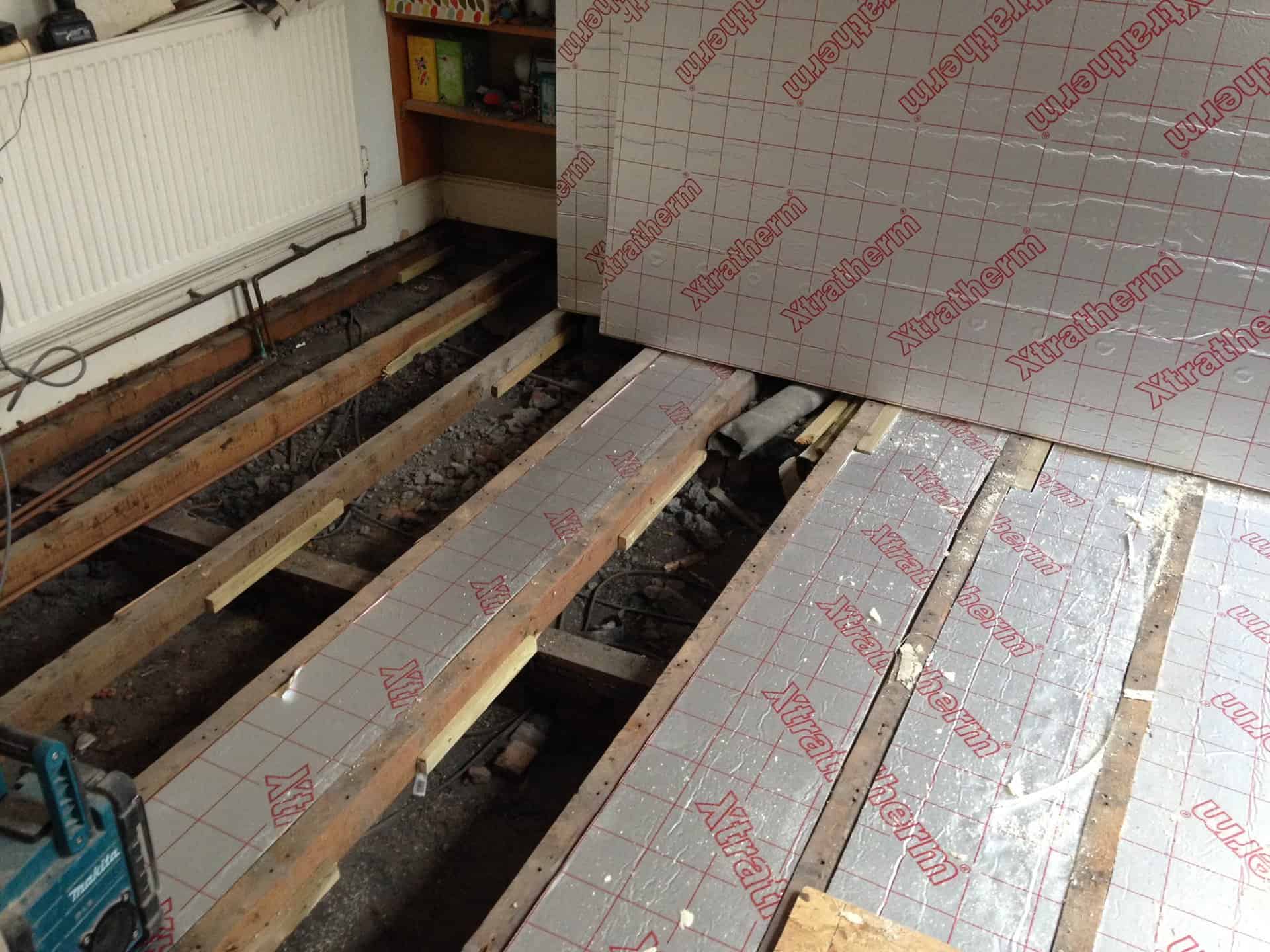
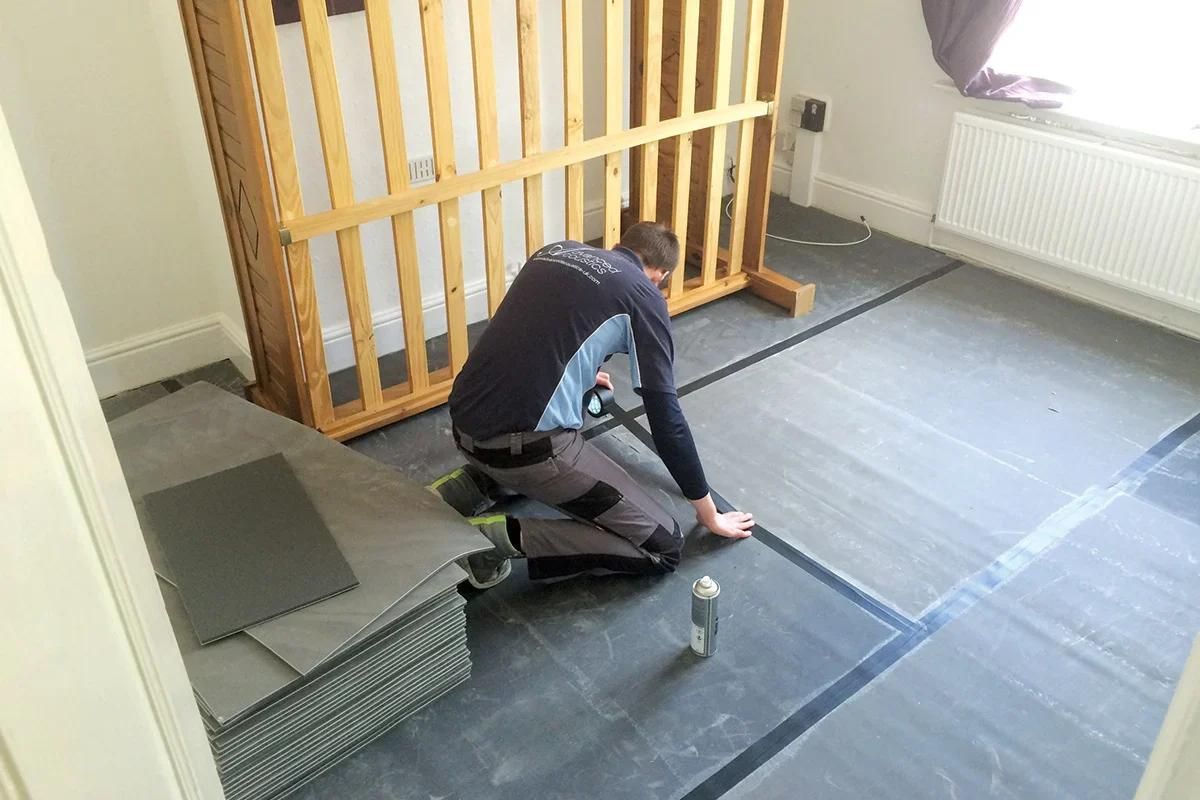
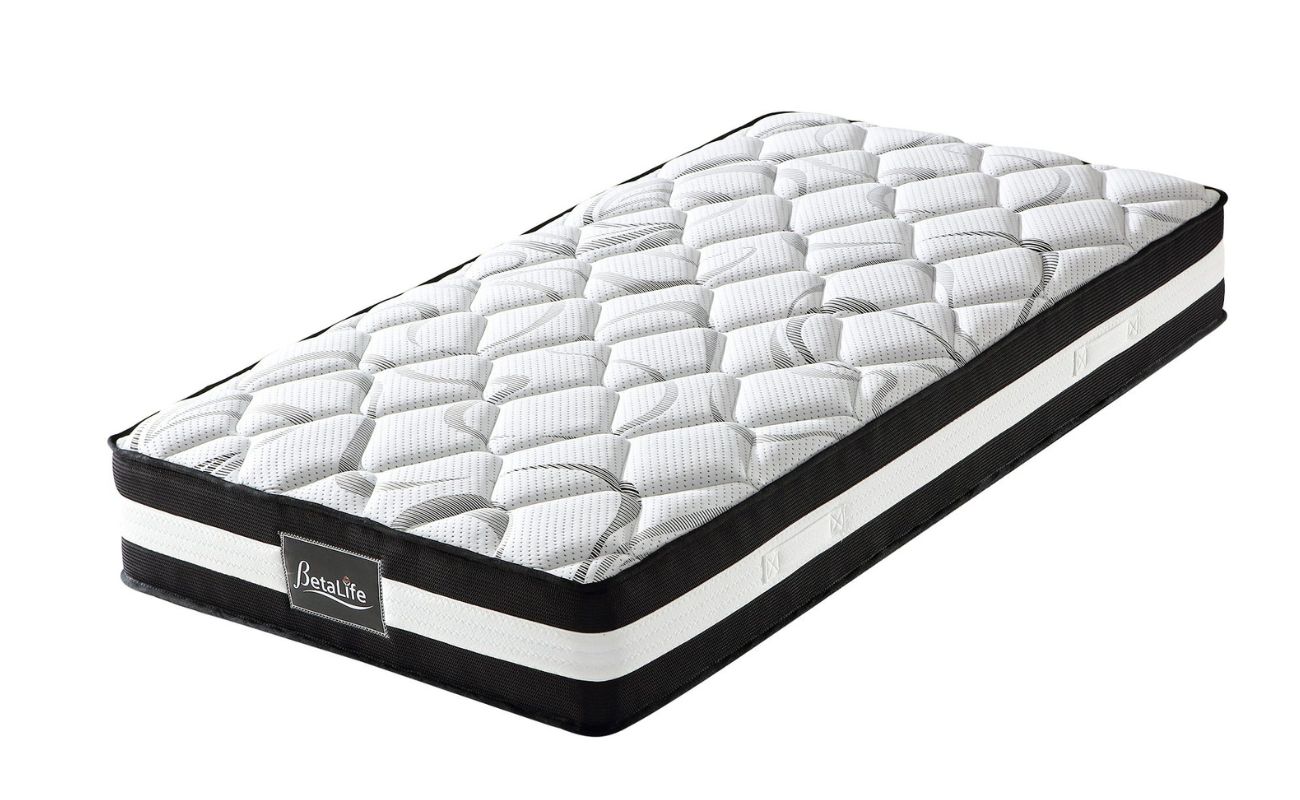
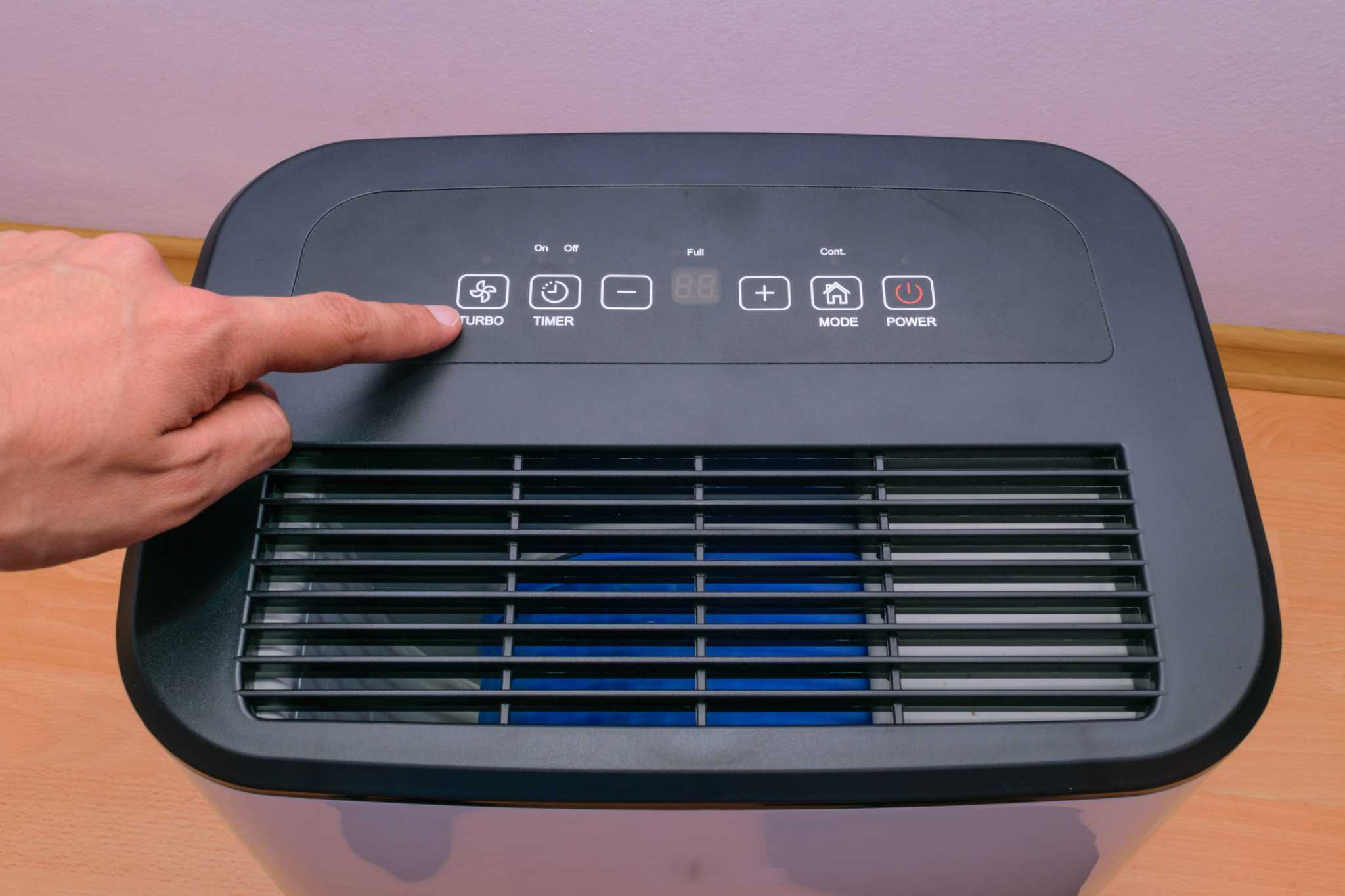
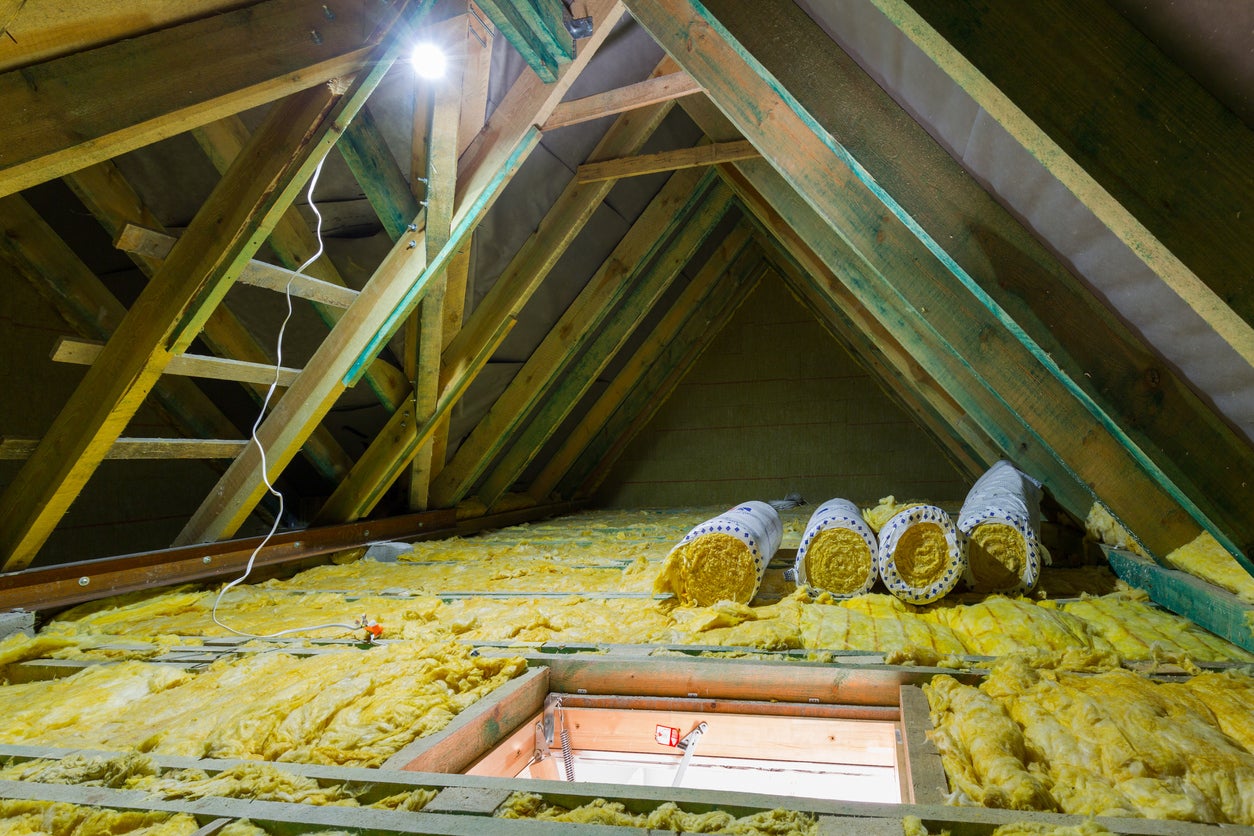
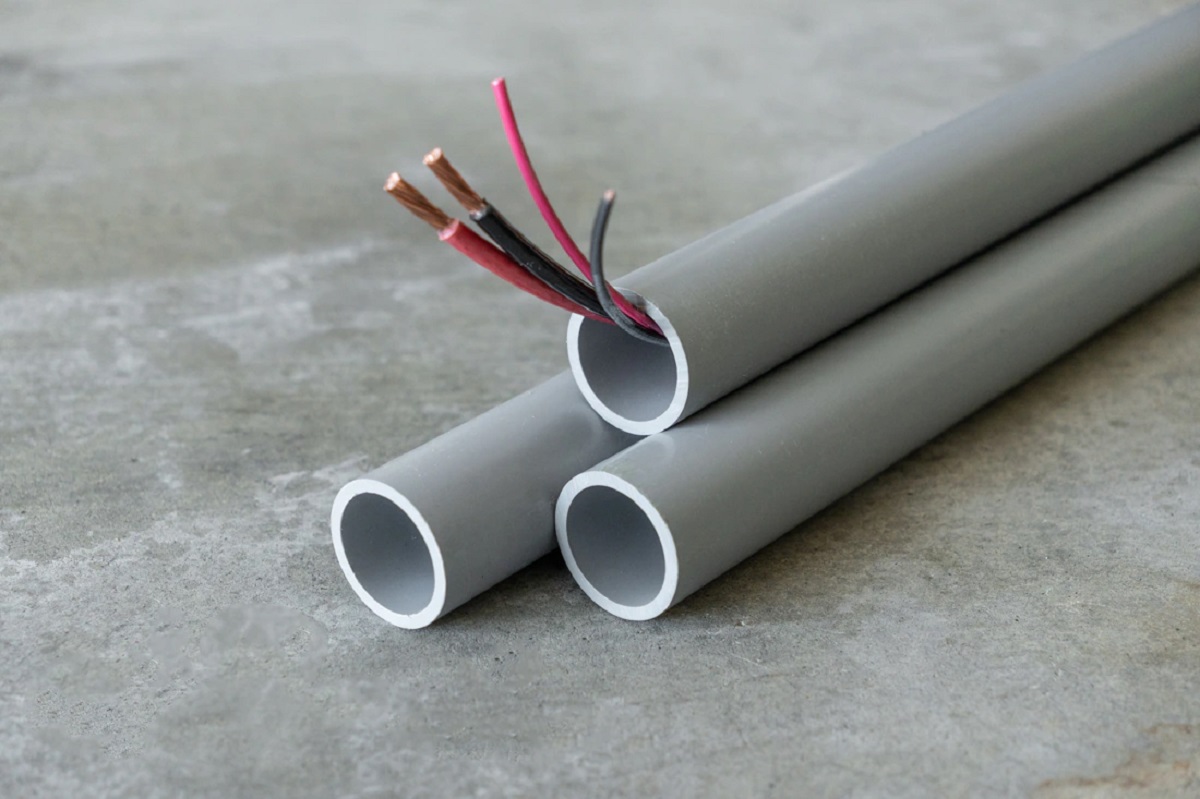

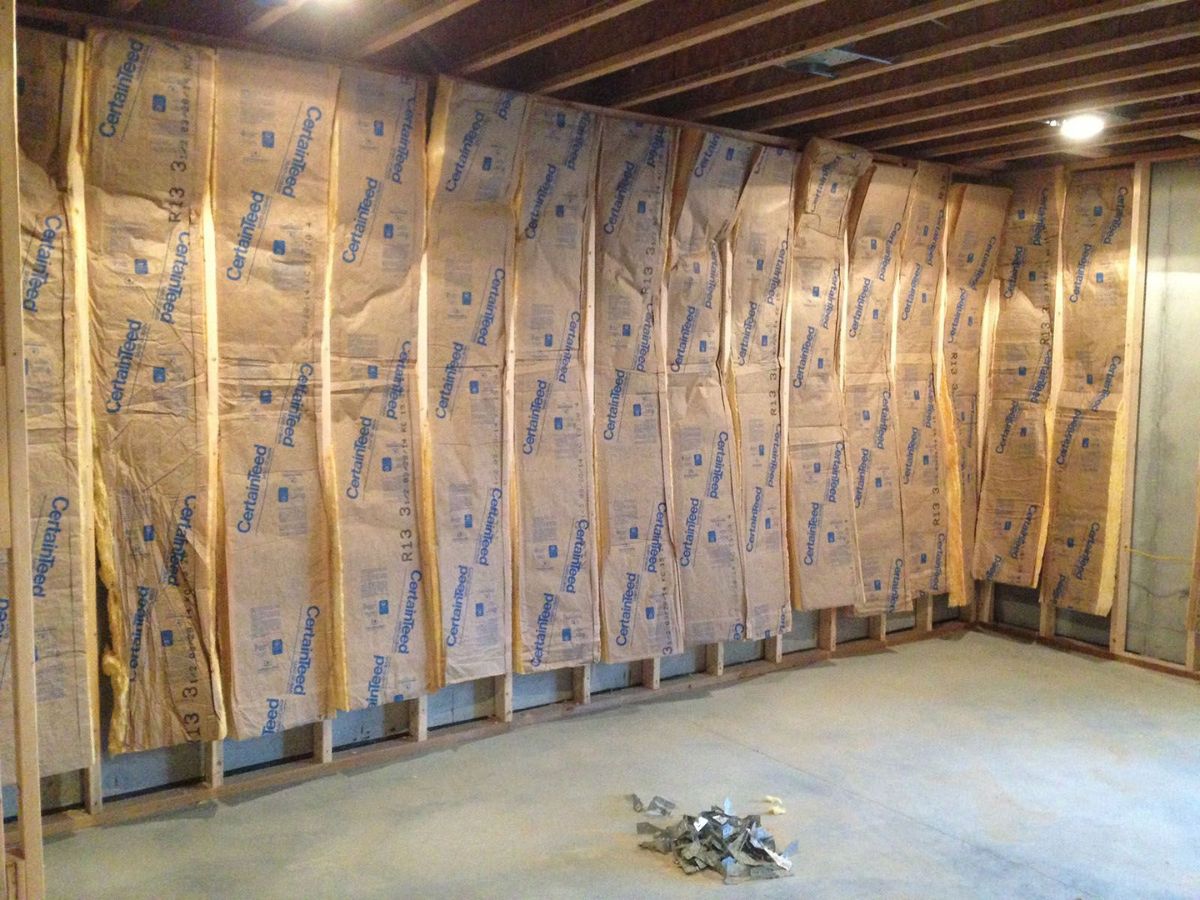

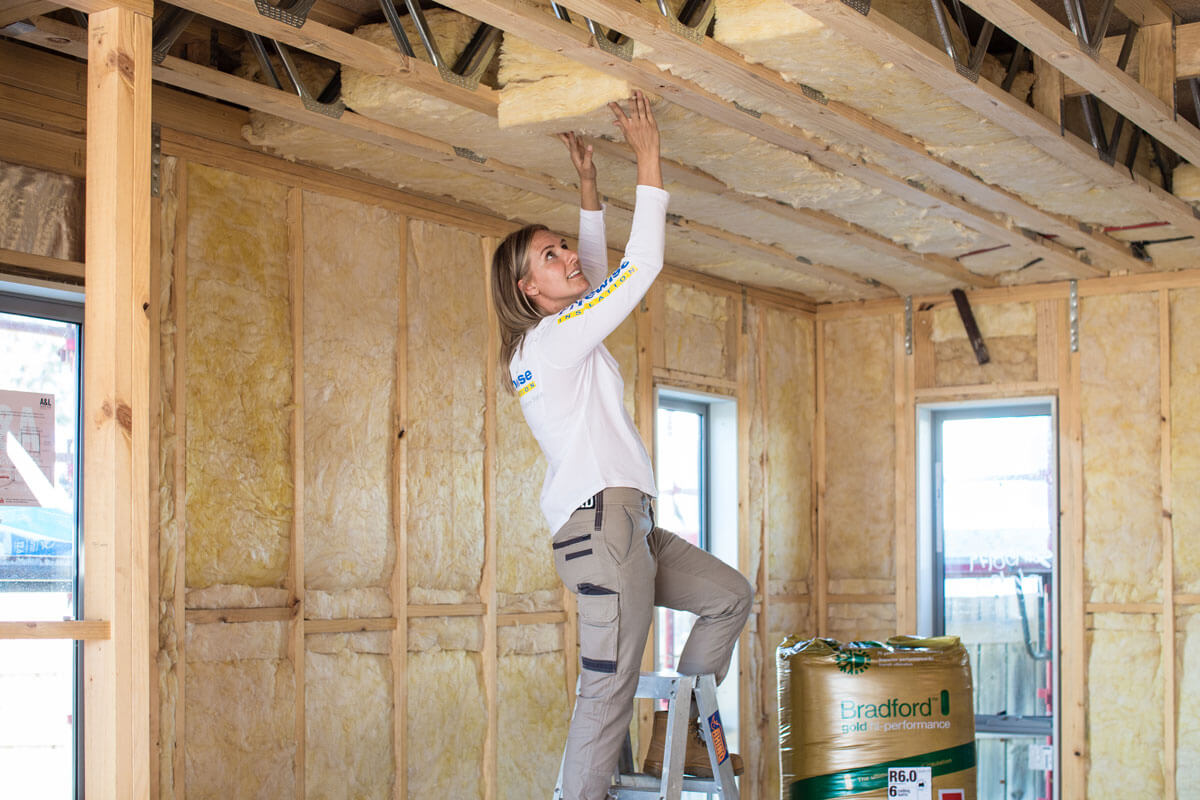

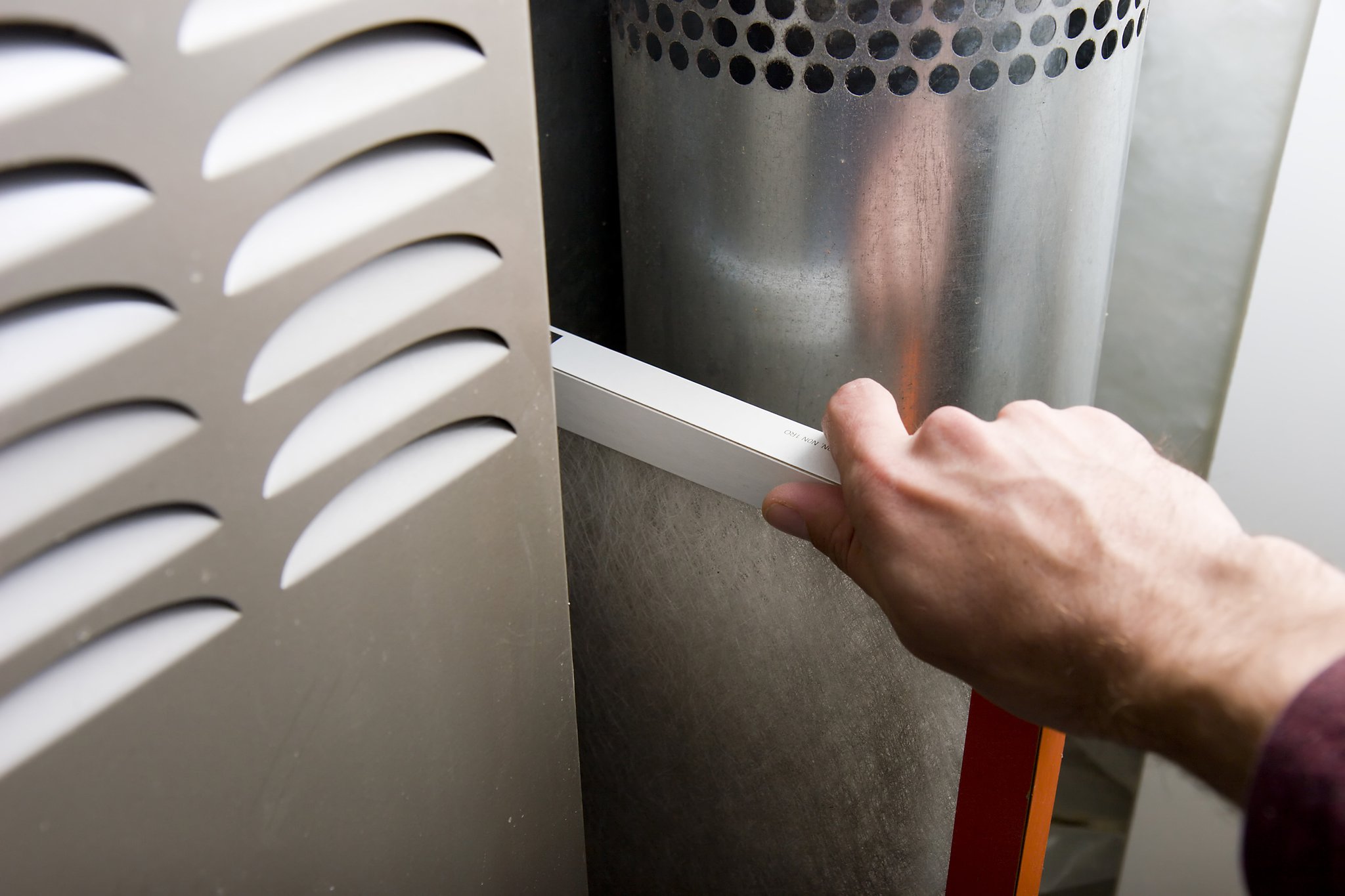
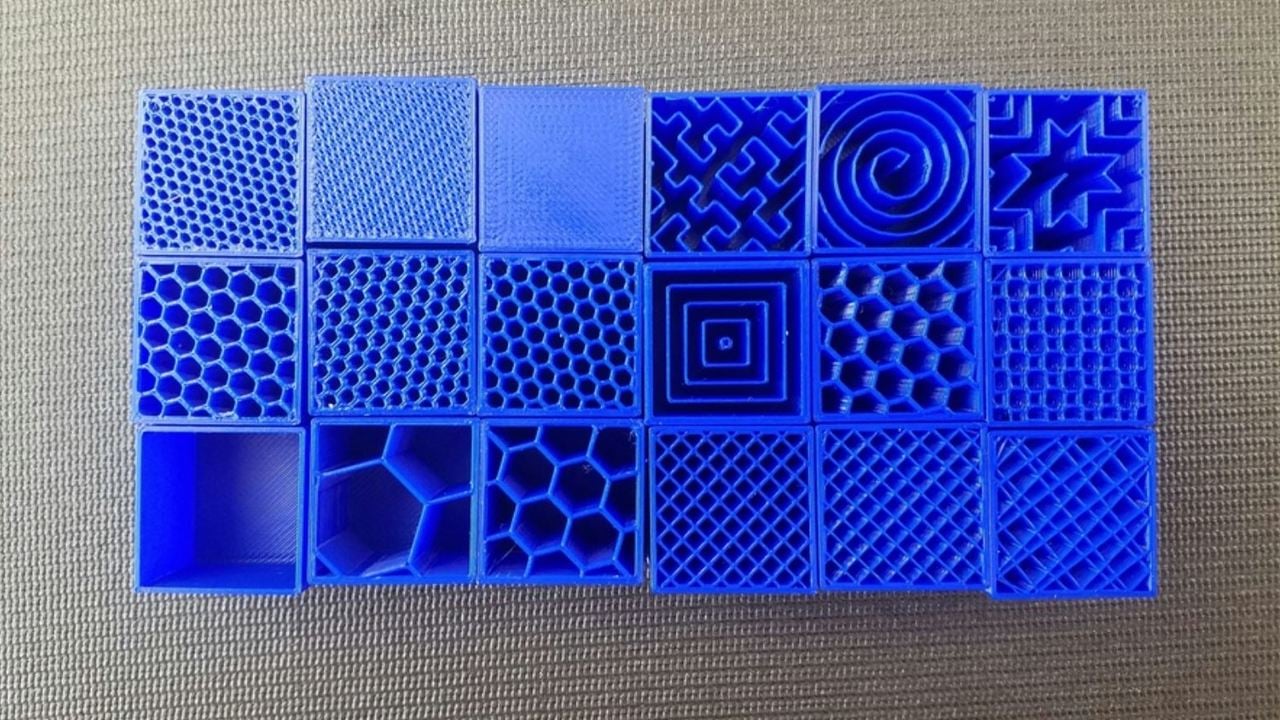
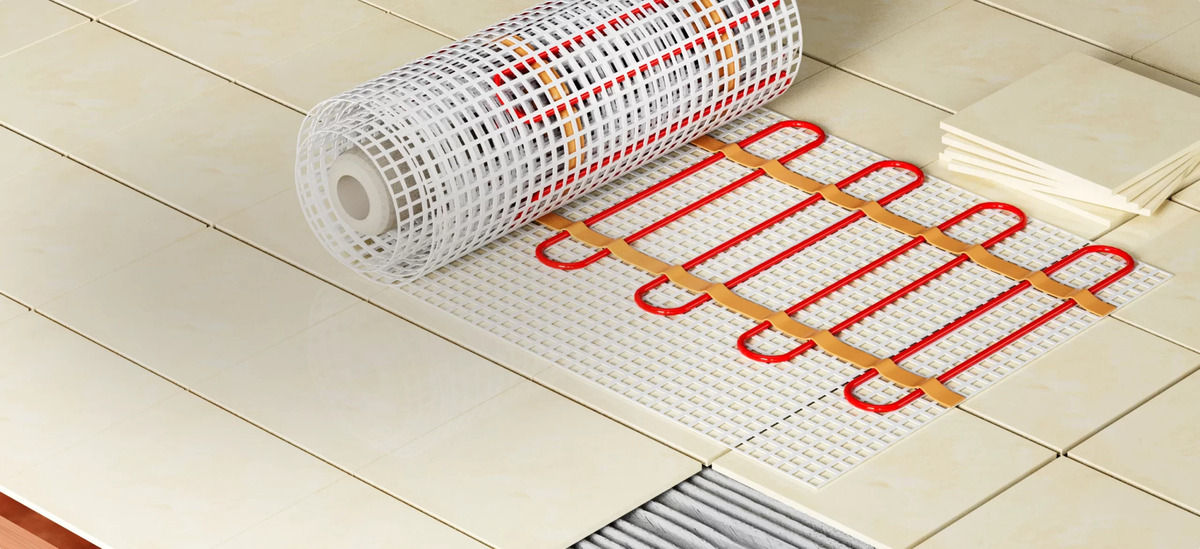

0 thoughts on “What Type Of Insulation Should I Use Between Floors”